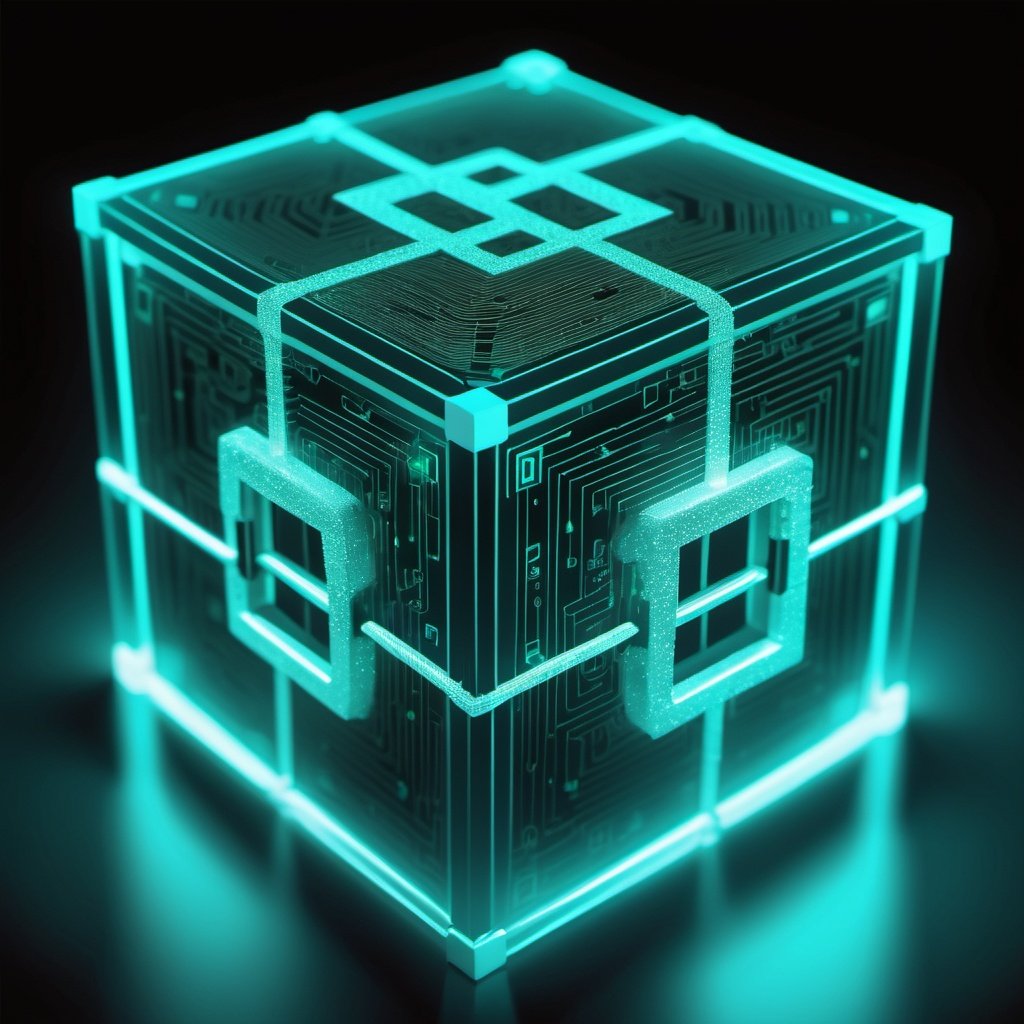The Kaspa ecosystem is witnessing significant advancements in smart contract infrastructure, with two major projects—Sparkle and Igra Labs—proposing different approaches to integrating programmability into Kaspa’s high-speed, proof-of-work (PoW) blockchain. While both aim to enhance Kaspa’s functionality, their underlying architectures, methodologies, and goals differ considerably.
Architecture: How Smart Contracts Will Run on Kaspa
What This Means:
The architecture of a smart contract system determines how it interacts with Kaspa’s main blockchain (Layer 1) and whether it operates as an extension or a separate network.
Sparkle: “Layer 1.5” – Deeply Integrated with Kaspa’s Main Chain
- Sparkle is not a completely separate blockchain (Layer 2) but a tightly connected extension of Kaspa’s base layer.
- It uses Kaspa’s consensus mechanism directly, meaning that all smart contract transactions benefit from Kaspa’s security and decentralization.
- This makes it faster and more secure, as there is no need for an extra consensus layer to validate transactions.
Igra Labs: Layer 2 (L2) – Operates on Top of Kaspa’s Base Layer
- Igra Labs creates a separate execution layer for smart contracts, meaning that transactions are processed off the main Kaspa chain but are later settled back onto Layer 1.
- This allows Igra to scale more efficiently, as it reduces congestion on the main network.
- To maintain security, it uses a canonical bridge—a system that connects Layer 2 to Layer 1, ensuring that all transactions remain valid and synchronised.
Key Difference:
- Sparkle is more closely connected to Kaspa’s main blockchain (Layer 1.5), while Igra Labs runs on a separate Layer 2 that periodically syncs with Layer 1.
- Sparkle may offer stronger security since it does not require a bridge, whereas Igra Labs can scale better by offloading computation from the main network.
Security Model: Protecting Transactions from Attacks
What This Means:
Security in blockchain is not just about preventing hacks—it’s also about ensuring that transactions are executed fairly and cannot be manipulated by miners or validators.
Sparkle: Uses Zero-Knowledge Proofs (zk-Proofs) for Security & Privacy
- Zero-Knowledge Proofs (zk-proofs) allow transactions to be verified without revealing sensitive data.
- Example: A DeFi application could verify if a user qualifies for a loan without revealing their entire financial history.
- This improves both security and privacy, making it harder for bad actors to exploit smart contracts.
Igra Labs: Uses MEV-Resistance to Prevent Transaction Manipulation
- Maximal Extractable Value (MEV) attacks occur when miners reorder transactions to maximize their profits.
- Igra Labs prevents this by designing its Layer 2 to be leaderless, meaning no single validator can control transaction order.
- This ensures that all transactions are fairly executed and no one can manipulate them for personal gain.
Key Difference:
- Sparkle focuses on privacy and security using zk-Proofs, which helps with private transactions but requires more computational power.
- Igra Labs focuses on fairness using MEV-resistance, preventing market manipulation and improving transaction efficiency.
Scalability: How Many Transactions Can Each Handle?
What This Means:
Scalability determines how many transactions per second (TPS) a blockchain can process and how efficiently smart contracts run.
Sparkle: Uses Parallel Execution for High Throughput
- Sparkle runs multiple smart contracts at the same time, meaning transactions don’t have to wait in line to be processed.
- This significantly increases speed and efficiency, making it ideal for high-volume applications like DeFi exchanges and gaming.
Igra Labs: Targets 3,000 TPS with Sub-Second Finality
- Igra Labs processes transactions separately from Kaspa’s main blockchain, reducing congestion.
- Transactions are finalized in less than a second, making it one of the fastest Layer 2s.
- Its canonical bridge ensures that once transactions are settled, they remain tamper-proof and immutable.
Key Difference:
- Sparkle uses parallel execution, allowing multiple transactions to be processed at once, making it highly efficient.
- Igra Labs focuses on ultra-fast processing (3,000 TPS) and sub-second finality, making it ideal for applications requiring near-instant execution.
EVM Compatibility & Developer Tools
What This Means:
Ethereum is the largest smart contract ecosystem. EVM (Ethereum Virtual Machine) compatibility determines whether developers can use Ethereum-based tools and smart contracts on Kaspa’s network.
Sparkle: Native Rust-Based Development, Potential Future zkEVM
- Sparkle smart contracts are written in Rust, a language known for speed, security, and efficiency.
- Rust allows for optimized smart contracts, but developers must learn a new system rather than using familiar Ethereum tools.
- However, future updates may integrate zkEVM, allowing Ethereum contracts to be used with Sparkle.
Igra Labs: Full EVM Compatibility & Multi-VM Support
- Igra Labs is EVM-compatible from launch, meaning Ethereum smart contracts can run on Kaspa without modification.
- Future plans include support for Solana VM, Move, and WASM, making it a multi-VM ecosystem where different types of smart contracts can interact seamlessly.
Key Difference:
- Sparkle prioritizes Rust development for performance and security, but may support Ethereum compatibility in the future.
- Igra Labs is fully EVM-compatible from the start, making it easier for Ethereum developers to migrate dApps.
Token Interoperability & Migration
What This Means:
A smart contract ecosystem needs a way to move assets between different blockchains and upgrade old tokens to new standards.
Sparkle: Supports Migration of KRC-20 Tokens
- Current Kaspa tokens (KRC-20 tokens) are based on inscriptions, which require indexers to track ownership.
- Sparkle enables direct migration to smart contract-based tokens, removing the need for external tracking.
Igra Labs: Cross-L2 and Multi-VM Composability
- Igra allows smart contracts from different blockchain ecosystems to interact directly.
- Example: A smart contract on Igra Labs could execute a trade using Ethereum, Solana, and Move assets in one transaction.
Key Difference:
- Sparkle focuses on upgrading existing Kaspa tokens, making them more efficient and decentralized.
- Igra Labs prioritizes full interoperability, allowing smart contracts to communicate across multiple blockchain environments.
Conclusion: Which Approach is Better?
Both Sparkle and Igra Labs bring unique strengths to Kaspa’s smart contract landscape.
- Sparkle is best for:
✅ Deep integration with Kaspa’s L1 for enhanced security
✅ Privacy-focused applications using zk-proofs
✅ High-speed parallel execution for DeFi and gaming - Igra Labs is best for:
✅ Cross-chain and multi-VM compatibility (Ethereum, Solana, Move)
✅ EVM developers looking for an easy transition
✅ Ultra-fast processing (3,000 TPS) with sub-second finality
Ultimately, both projects offer complementary solutions, giving Kaspa a versatile smart contract ecosystem for different types of decentralised applications.


